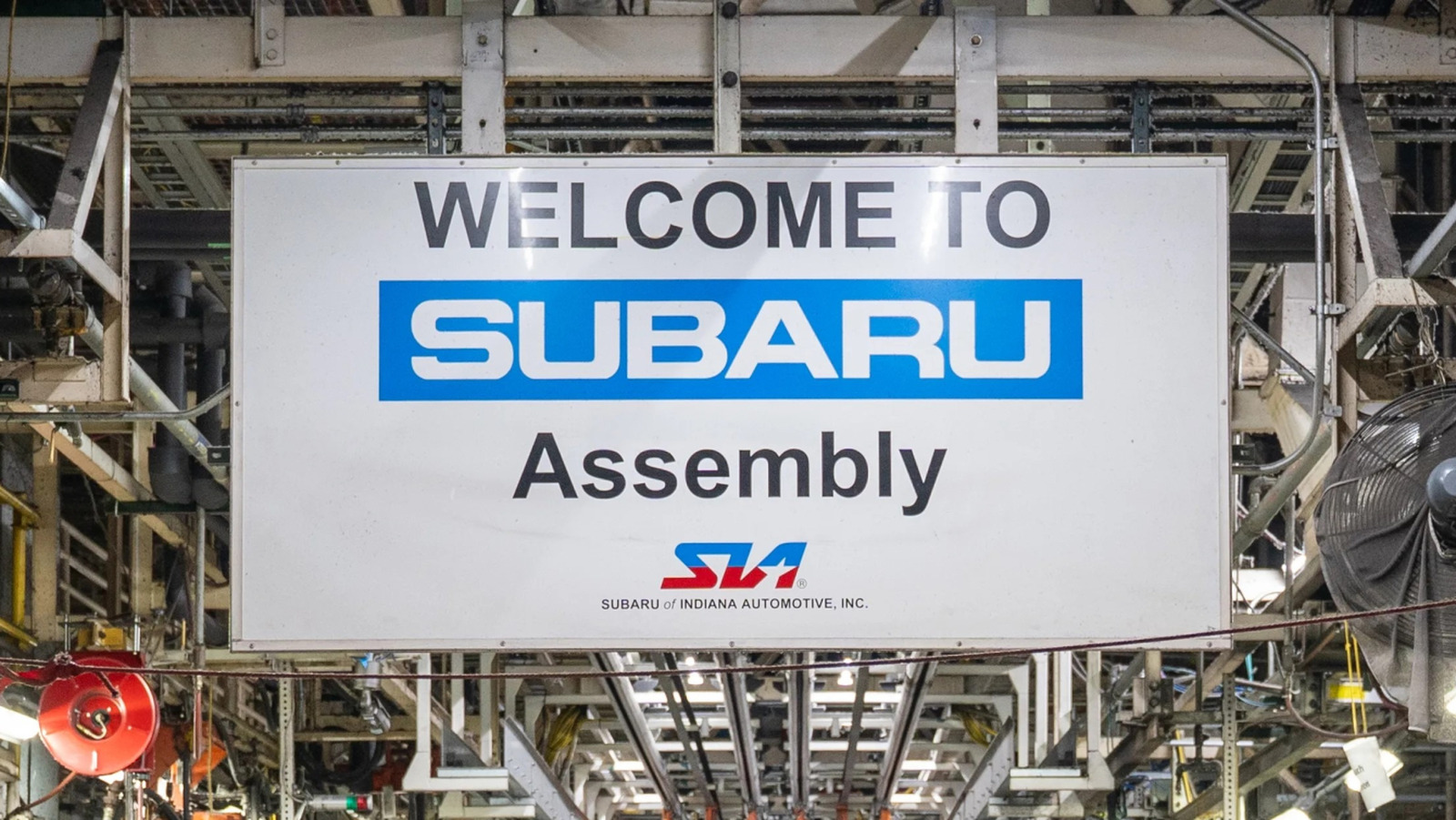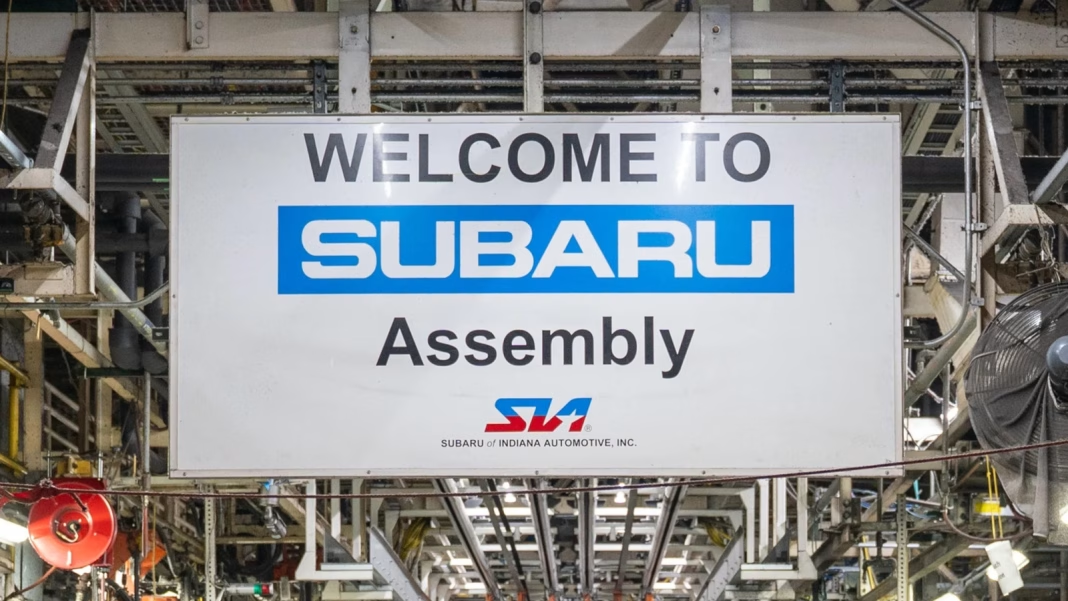Which Subaru Models Are Actually Built in the United States?
When you picture Subaru, you might imagine winding mountain roads in Japan or those iconic rally cars kicking up gravel. But here’s a twist: not every Subaru you see on American roads was shipped across the Pacific. In fact, several popular Subaru models are built right here in the United States. Let’s break down which ones, why it matters, and what it means for you as a driver.
Why Does Subaru Build Cars in the U.S. Instead of Japan?
It’s not just about saving on shipping costs—though that’s certainly a factor. Subaru opened its manufacturing plant in Lafayette, Indiana, back in 1989. The move was driven by a few key reasons: growing demand from American buyers, the need to avoid import tariffs, and the desire to tailor vehicles to U.S. tastes and regulations. Plus, building cars closer to their biggest market just makes sense for efficiency.
Which Subaru Models Roll Off American Assembly Lines?
If you’re eyeing a Subaru Outback, Legacy, Ascent, or Impreza, there’s a good chance it was built in Indiana. The Subaru of Indiana Automotive (SIA) plant is the company’s only manufacturing facility outside of Asia, and it’s responsible for producing these four models for North America. The Outback and Legacy have been made in Indiana for years, while the Ascent—Subaru’s largest SUV—joined the lineup in 2018. The Impreza, previously built in Japan, started U.S. production in 2016, though some trims may still come from overseas depending on supply.
What About the Forester, Crosstrek, and BRZ?
Here’s where it gets interesting. The Subaru Forester, Crosstrek, and BRZ are still imported from Japan. If you’re a fan of the Crosstrek’s nimble size or the BRZ’s sporty handling, those models are crafted in Subaru’s Gunma plant. The decision to keep production in Japan often comes down to volume, specialization, and global supply chain logistics. For example, the BRZ is a niche sports car, so it makes sense to centralize its production.
Is There a Difference in Quality Between U.S.-Built and Japanese-Built Subarus?
This is a question that pops up a lot, especially among car enthusiasts. The short answer: not really. Subaru holds its Indiana plant to the same rigorous standards as its Japanese factories. In fact, the SIA facility has received multiple awards for quality and environmental stewardship, including being the first auto assembly plant in the U.S. to achieve zero landfill status. According to J.D. Power’s 2023 Initial Quality Study, Subaru’s U.S.-built models perform on par with their Japanese counterparts in terms of reliability and owner satisfaction.
How Can You Tell Where Your Subaru Was Made?
Curious about your own car? It’s easy to check. Look at the Vehicle Identification Number (VIN) on your dashboard or driver’s side door jamb. If it starts with a 4S, your Subaru was built in Indiana. If it starts with a JF, it’s from Japan. This little detail can be handy if you’re a collector, or just want to know more about your vehicle’s origins.
Does Buying a U.S.-Built Subaru Support American Jobs?
Absolutely. Subaru of Indiana Automotive employs over 6,000 people and supports thousands more through its supplier network. The plant has invested heavily in the local community, and its presence has helped Lafayette become a hub for advanced manufacturing. So when you buy a U.S.-built Subaru, you’re not just getting a reliable car—you’re also supporting American workers and their families.
Are There Any Differences in Features or Options?
For the most part, U.S.-built Subarus are tailored to American preferences. You might notice subtle differences in available trims, upholstery, or tech packages compared to models sold in Japan or Europe. For example, the Ascent was designed specifically for North America, with three rows of seats and family-friendly features that aren’t as popular in other markets. Subaru’s Indiana plant is also quick to implement updates based on customer feedback, which can mean faster access to the latest features.
What’s the Environmental Impact of Subaru’s U.S. Manufacturing?
Subaru takes its environmental responsibilities seriously. The Indiana plant was the first in the U.S. to achieve zero landfill status, meaning all waste is recycled or reused. The company also partners with local wildlife organizations to protect habitats around the facility. According to the EPA, Subaru’s efforts have set a benchmark for sustainability in the auto industry. If you care about your car’s carbon footprint, this is more than just a feel-good bonus—it’s a real differentiator.
The Big Takeaway? Subaru’s American-Made Models Are a Smart Choice
Knowing which Subarus are built in the U.S. isn’t just trivia—it can influence your buying decision, your sense of connection to your car, and even your impact on the environment. The big takeaway? Choosing a U.S.-built Subaru isn’t about perfection—it’s about smarter adjustments. Start with one change this week, and you’ll likely spot the difference by month’s end.


